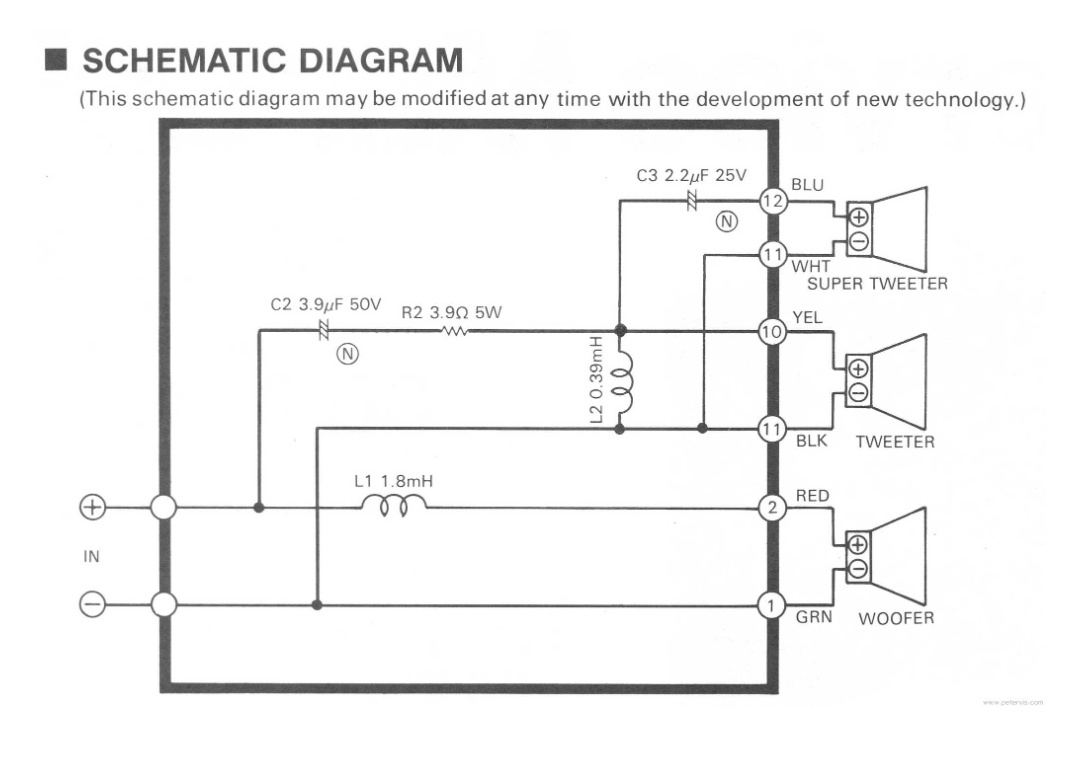if I remove the super tweeter, should I modify something to have all the high frequencied on the tweeter?
You will basically have to replace the 3-way crossover with a 2-way one, or you will be missing the complete upper range currently "assigned" to the super tweeter. You'd also have to make sure the current mid-tweeter is able to reproduce the upper frequencies. It will most likely be easier to simply replace the defective tweeters.
